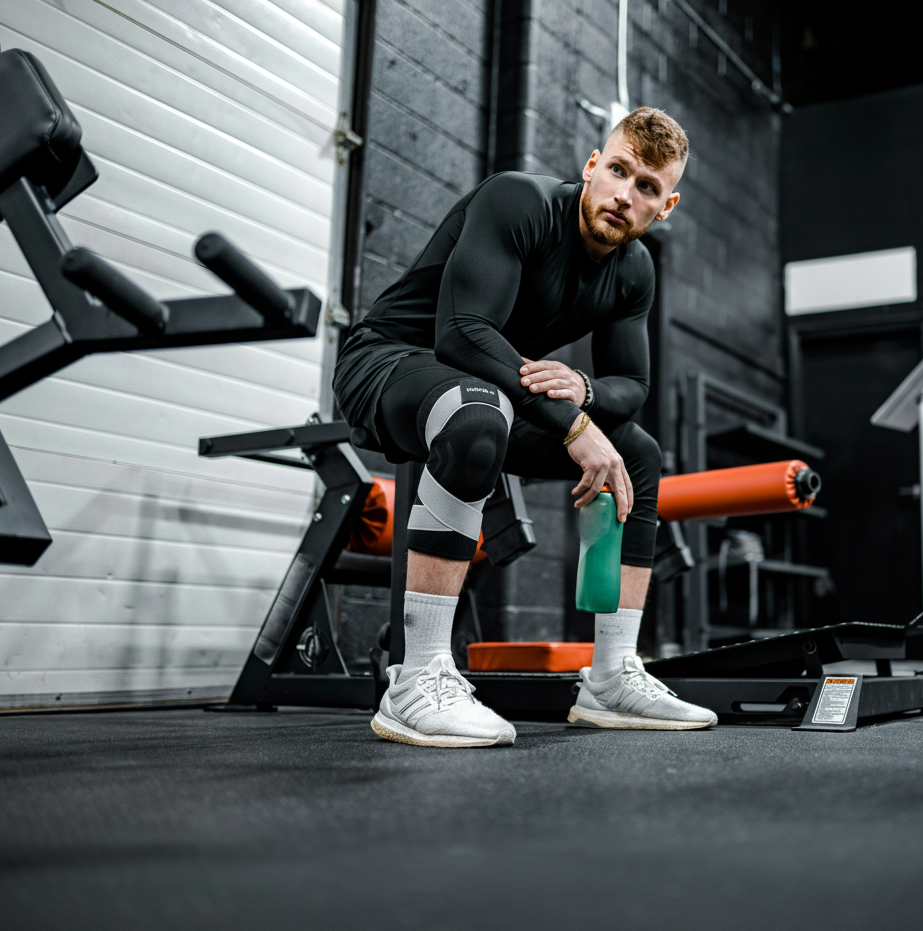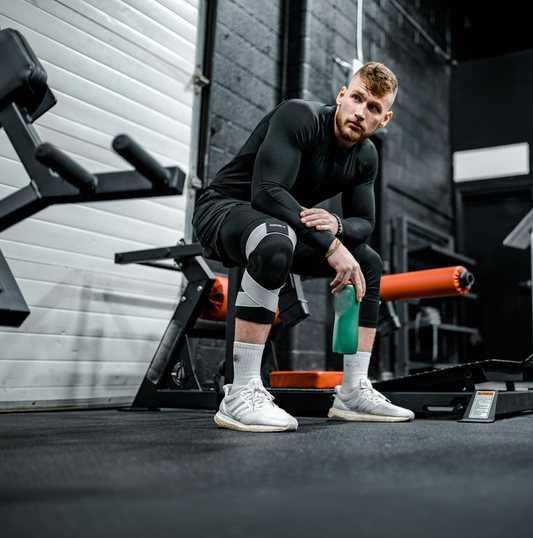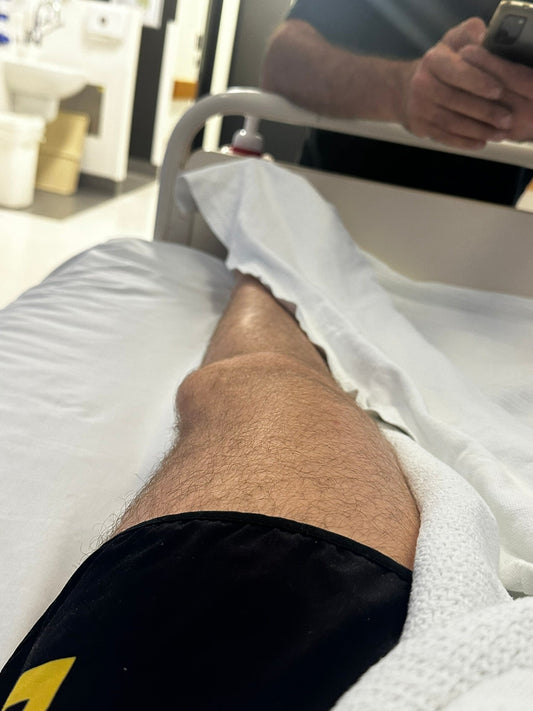
How to Prevent Knee Injuries in BJJ: What the Pros Use
Share
Brazilian Jiu-Jitsu (BJJ) is one of the most physically demanding martial arts on the planet. It builds incredible strength, flexibility, and resilience — but it also puts a lot of stress on your knees. From explosive takedowns to awkward guard positions, knee injuries are among the most common issues that sideline grapplers. Whether you’re a white belt learning your first sweeps or a black belt rolling daily, protecting your knees should be a top priority.
In this post, we’ll break down how to prevent knee injuries in BJJ, the gear professional grapplers rely on, and how the right knee brace can keep you training longer and harder.
Why Knee Injuries Are So Common in BJJ
BJJ involves constant twisting, pressure, and torque through the lower body. When your foot gets trapped while turning your hips — or you’re caught in a tight heel hook — the knee takes the full force. Common BJJ knee injuries include:
- Meniscus tears from deep squats and twisting escapes
- MCL or LCL sprains during takedowns or leg entanglements
- Patellar tracking issues from repetitive strain
- Bursitis and tendonitis caused by constant kneeling on mats
These injuries don’t just hurt — they can keep you off the mats for weeks or months. Prevention is far easier (and cheaper) than recovery.
Warm-Up and Mobility: The Foundation of Knee Health
Before you roll, take at least 10 minutes to activate your lower body. Pros like Gordon Ryan and Lachlan Giles emphasize mobility and joint prep as a non-negotiable part of training.
Focus on:
- Hip openers (90/90 stretch, pigeon pose) to reduce torque on the knees
- Glute activation (bridges, banded walks) to stabilize your joints
- Dynamic movements (leg swings, bodyweight squats) to increase blood flow
Cold muscles tear easily — a solid warm-up keeps your ligaments elastic and responsive.
Strength Training for Bulletproof Knees
Strong muscles protect your joints. Adding two strength sessions per week can drastically lower your injury risk. Top BJJ athletes focus on posterior chain and quad balance to stabilize the knee during takedowns and guard retention.
Try these key exercises:
- Romanian Deadlifts
- Bulgarian Split Squats
- Nordic Hamstring Curls
- Step-ups with resistance bands
Even lightweight resistance builds stability. Focus on control and form over heavy loads — especially if you’re recovering from a previous injury.
What the Pros Use: The Role of Knee Braces in BJJ
Many professionals quietly rely on knee braces or compression sleeves to support their joints during intense training sessions. You’ll often see them under the gi or rashguard — not for style, but for function and longevity.
A well-designed MMA-style knee brace offers:
- Compression to reduce swelling and enhance circulation
- Stability to protect ligaments during lateral movements
- Flexibility to maintain full mobility for guard transitions and scrambles
- Injury prevention during takedowns and leg locks
Unlike bulky orthopedic braces, modern designs use lightweight, breathable materials that stay secure during rolls without slipping or restricting movement.
If you’re serious about longevity in BJJ, investing in a high-performance knee brace can make the difference between consistent training and months of rehab.
Smart Training Habits to Keep You Rolling
Even with perfect gear, smart training decisions matter most:
- Tap early during leg locks — ego is not worth a torn ACL
- Avoid training through pain; minor issues can become chronic
- Focus on technique, not force
- Communicate with partners about intensity and control
Remember: prevention is about consistency, not one-time fixes.
Final Thoughts
Knee injuries in BJJ are common, but they’re not inevitable. By prioritizing warm-ups, strength work, smart training, and proper joint support, you can dramatically reduce your risk. Professional grapplers know this — which is why many rely on specialized knee braces designed for MMA and grappling.
Your knees are your foundation. Protect them, and they’ll carry you through countless rolls, tournaments, and years on the mats.


